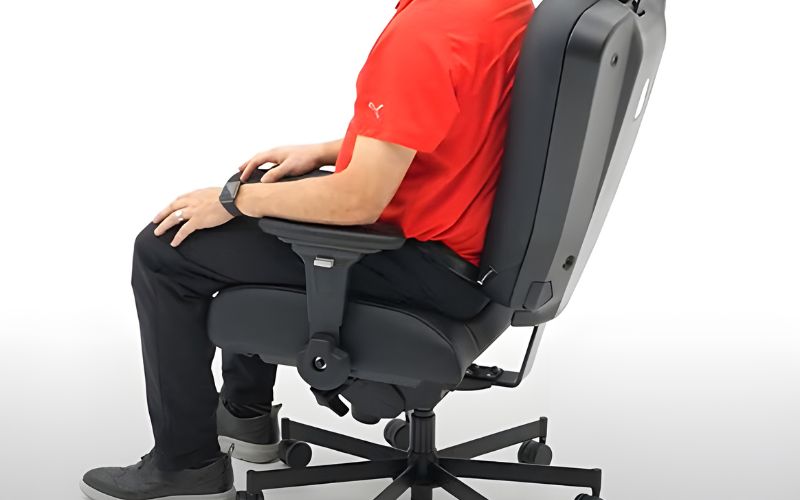As the nature of work evolves, so do the challenges associated with ergonomics and performance. With many employees spending prolonged periods seated at desks, they can begin to experience problems that lead to discomfort, injuries, and long-term health issues.
In addition to impacting physical health, poorly designed workstations can affect employees’ productivity, morale, and overall job satisfaction. Identifying and addressing ergonomic hazards at work not only aims to mitigate these issues but also promotes a healthier and more engaged workforce.
Understanding Ergonomic Hazards
Ergonomic hazards are physical factors within the work environment that can harm the musculoskeletal system. Typical hazards include repetitive motions, awkward postures, excessive force, and prolonged periods of sitting without breaks. Identifying these hazards begins with a thorough assessment of the workplace. Employers should evaluate the performance of job tasks, the setup of workstations, and the tools used by employees.
Conducting an Ergonomic Assessment
Once potential hazards have been identified, conducting a formal ergonomic assessment is essential. This can involve using checklists, observational analysis, and employee feedback to thoroughly evaluate current working conditions. Engaging employees in this process should be a priority because it not only increases awareness but also encourages ownership of their health and well-being. An ergonomic assessment can highlight immediate areas for improvement, paving the way for targeted interventions.
Recognizing Common Ergonomic Issues
Office workers, particularly shift workers who often work 10 or 12 hours at a time, are at risk of developing issues related to prolonged sitting and inadequate workstation setup. A poorly designed workspace can lead to problems such as neck strain, carpal tunnel syndrome, and lower back pain. Those who perform manual labor are also exposed to ergonomic risks in the form of heavy lifting and repetitive motions. Recognizing these common issues is the first step toward creating a healthier work environment.
Implementing Ergonomic Solutions
Addressing ergonomic hazards requires a multifaceted approach that may include redesigning workspaces, using ergonomic tools, and promoting good practices among employees. Investing in chairs, consoles, workstations, and other office equipment that provides multiple adjustment options is important. Frequently, workstations are shared among shift workers, and each worker needs the ability to ergonomically adjust the chairs and other furniture according to their unique body proportions. Monitors should be at eye level and supportive seating that reduces pressure points can significantly reduce strain. A 24-hour office chair is one of the best solutions for comfort, and it also contributes to good posture thanks to the variety of adjustment options they provide.
Creating a culture that recognizes the importance of workplace ergonomics will help keep these conversations at the forefront, ensuring that appropriate time and budget are allocated to this component. When ergonomic considerations become a regular way of doing business, many companies discover that turnover and time lost due to missed work decreases, while employee satisfaction and productivity increases. This makes a convincing claim to the ROI of ergonomics, particularly for those sitting for long stretches.
Continuously Monitoring and Improving Ergonomics
The process of identifying and addressing ergonomic hazards at work is ongoing and requires continuous monitoring and improvement. Incorporating regular assessments into workplace safety protocols ensures the quick identification of emerging issues. By fostering a culture that values ergonomics and employee well-being, organizations not only enhance productivity but also ensure a healthier workforce.
Identifying and addressing ergonomic hazards at work is essential for maintaining the health and productivity of employees. By understanding ergonomic issues, conducting assessments, implementing effective solutions, and continuously monitoring the work environment, organizations can create safer, more comfortable workplaces. Investing in ergonomics not only reduces the risk of injury but also signals to employees that their employers value their well-being, fostering a positive and productive workplace culture.





